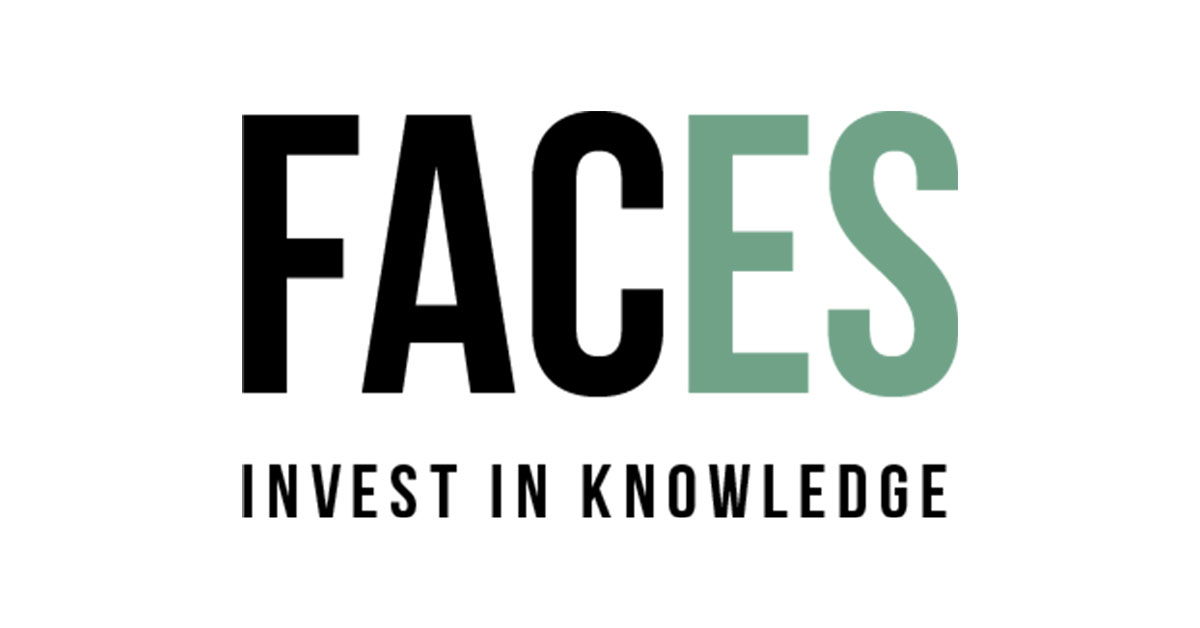The literal Dutch translation of the title of the book by Szymanski and Kuper on ‘soccernomics’ and professional football reads “Expensive strikers do not score.” Obviously, this statement does not say anything at all about the efficacy of cheap strikers. For simplicity, we confine the scope of the transfer policy of a professional football club to buying and selling players. Thus, we ignore lending and borrowing players, which has become increasingly important in the last two decades. ‘Expensive’ refers to a relatively high transfer fee, while ‘cheap’ points at a relatively low transfer fee. Thus, we may distinguish between four types of strikers. The first category includes cheap strikers who score many goals. They are every football manager’s dream. Alas, dreams seldom come true, although recent evidence at a certain club in Rotterdam seems to point in the opposite direction. Indeed, we are referring to the Swedish perpetuum mobile John Guidetti and the Italian surprise Graziano Pellè. Next, the second category consists of expensive strikers who are a big success. They offer value for money. Subsequently, cheap strikers who fail to score are in the third category. Before the entrance of Guidetti, Feyenoord hired Van Beukering and Larsen. They turned out to be textbook examples of such players. Finally, expensive strikers, who prove to be flops, are the nightmare of every manager. They are members of the fourth category.
On August 31, PSV celebrates its centenary. Since 1913, the club had strikers from every category among its ranks. In the first decade of professional football in the Netherlands, the former amateur cracks Dillen en Fransen continued to score many goals. In the sixties and seventies, all goalkeepers feared Van der Kuijlen, just like they had been afraid of Dillen’s shots. In 1964, PSV only paid a negligible amount of money when they attracted Skiete Willy (Willy van der Kuijlen) from the amateurs of HVV in his birthplace Helmond. A few years later, Harry Lubse came to PSV from the amateurs of De Spechten (The Woodpeckers) in Eindhoven. Between 1973 and 1978, Lubse, a very energetic player, was complementary to the skills of the maestro from Helmond, also nicknamed mister PSV, and quite rightfully so.
Swedish star-player Ralf Edström came to PSV for a considerable transfer fee in the summer of 1973. Edström played only three full seasons for PSV, since back troubles ruined his final appearances. Nevertheless, he is still considered as an icon. This is partly owing to his four goals in a 6–2 victory over Ajax in the fall of 1975. In 1981, Norwegian striker Hallvar Thoresen arrived in the Lighttown. He was a goal-scoring machine for the Philips club, too. The repatriation of Wim Kieft in the summer of 1987 was also a huge success. A few years later, PSV had two bargains in the Brazilian market, buying future world champions Romário and Ronaldo, both at a rather low price. In the summer of 1998, Ruud van Nistelrooy came from SC Heerenveen for a fee of 6.5 million euro. Three years later, PSV sold Van the Man to Manchester United for more than four times the initial sum. Of course, between 1998 and 2000, Van Nistelrooy had a partner in crime, Luc Nilis, who provided him with many assists. PSV bought this Belgian player, one of the most skillful players ever active in Eindhoven, in the summer of 1994 from Anderlecht.
The Serbian striker Mateja Kezman was the successor to Van Nistelrooy. After four successful years in Eindhoven, he was transferred to Chelsea, together with winger Arjen Robben. The last group of relatively expensive strikers, who were quite adequate, consisted of Peruvian Jefferson Farfan, Ivorian Aruna Koné, Serbian Danko Lazovic and Dutchman Danny Koevermans.
Maybe, you are very interested in those strikers who failed to score in Eindhoven. However, we are going to disappoint you. It is a centenary celebration for PSV, so we do not want to discuss people who failed. The previous season was already bad enough. In this respect, PSV shows close resemblance to Philips. The company was founded in 1891, but it faced difficult times in the beginning of the 1990s. PSV also exhibits similarities to its closest competitors, in this respect. Ajax celebrated their centenary in 2000. The 1999/2000 season was one of the worst in the history of the pride of the capital of the Netherlands. Eight years later, Feyenoord enjoyed its centenary celebration. Fortunately, they won the Dutch cup, but their league season was a failure, despite a number of expensive new hires. PSV did not even win the Dutch cup last season, while the second position in the league fell short of pre-season expectations. For those who are really interested in a complete survey, we will give some hints. Category 3 includes former cult heroes, such as Nick Deacy, Paul Postuma and Twan Scheepers. Finally, the fourth category consists of, amongst others, Teddy Maybank, Torbjörn Nilsson en Marcelo Silva Ramos.















